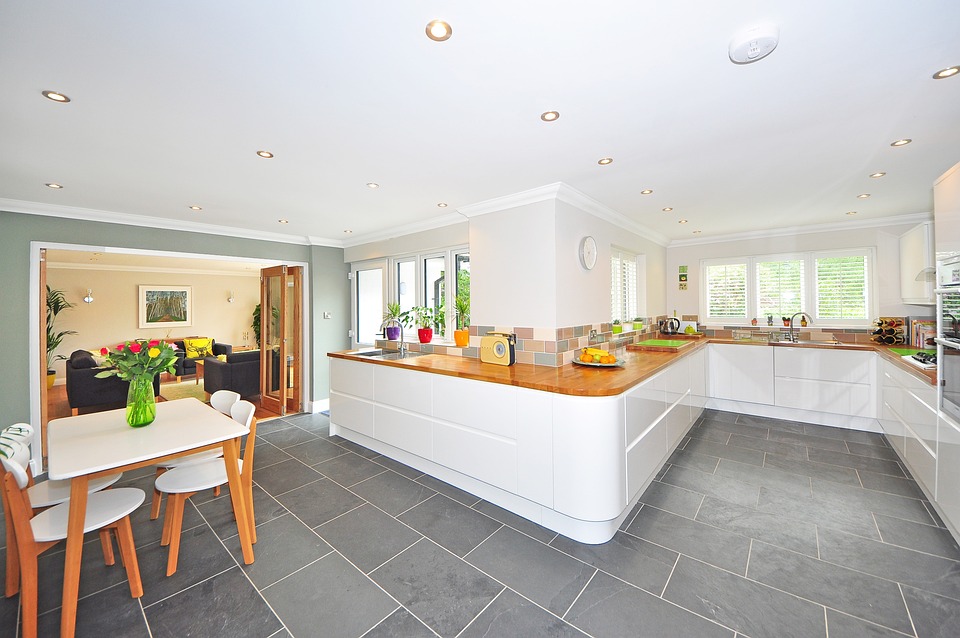Exploring the Timeless Allure of Art Deco: A Look at Its Enduring Influence
Introduction
Art Deco, a style that originated in the 1920s and 1930s, continues to captivate and inspire people around the world. Its unique blend of elegance, luxury, and geometric patterns has left an indelible mark on various art forms, including architecture, interior design, fashion, and even jewelry. In this blog article, we will delve into the timeless allure of Art Deco, exploring its enduring influence on the creative world.
The Origins of Art Deco
Art Deco emerged during the interwar period, following the tumultuous years of World War I. It was a response to the ornate and elaborate style of the Art Nouveau movement, which dominated the late 19th and early 20th centuries. Art Deco sought to break away from the organic forms of Art Nouveau and embrace a more streamlined and modern aesthetic.
Characterized by clean lines, geometric shapes, and bold colors, Art Deco drew inspiration from various sources, including ancient civilizations, such as Egypt and Greece, as well as modern industrial advancements. The style aimed to embody the spirit of the machine age, celebrating progress, technology, and innovation.
The Enduring Influence of Art Deco
Despite being born in a specific era, the allure of Art Deco has stood the test of time. Its timeless appeal can be attributed to several key factors:
- Elegance and Glamour: Art Deco exudes an air of sophistication and luxury. Its use of rich materials, such as marble, gold, and exotic woods, evokes a sense of opulence. The style’s emphasis on clean lines and symmetrical patterns adds a touch of elegance to any space.
- Geometric Patterns: The geometric motifs that define Art Deco lend a sense of order and structure to design. From chevron patterns to sunbursts and stepped forms, these geometric elements create a visually striking and harmonious composition.
- Integration of Art and Design: Art Deco seamlessly merged art and design, blurring the boundaries between the two. Paintings, sculptures, and decorative arts were integrated into architectural elements, creating a cohesive and unified aesthetic. This integration of various art forms is still celebrated and emulated today.
- Influence on Architecture: Art Deco left an indelible mark on the world of architecture. The style’s emphasis on sleek lines, geometric shapes, and decorative detailing can be seen in iconic buildings around the globe, such as the Chrysler Building in New York City and the Palais de Tokyo in Paris.
- Popularity in Fashion and Jewelry: Art Deco’s influence extended beyond architecture and design, making a significant impact on the fashion and jewelry industries. The style’s bold geometric patterns and use of precious gemstones continue to inspire contemporary designers and adorn the red carpets of today.
Frequently Asked Questions
1. What is the history of Art Deco?
Art Deco originated in the 1920s and 1930s as a response to the ornate style of Art Nouveau. It drew inspiration from ancient civilizations and modern industrial advancements, celebrating progress and innovation.
2. What are the key characteristics of Art Deco?
Art Deco is characterized by clean lines, geometric shapes, bold colors, and the use of rich materials like marble and gold. It seamlessly integrates art and design, and its geometric motifs create a visually striking composition.
3. How has Art Deco influenced architecture?
Art Deco has left a lasting impact on architecture, with its sleek lines, geometric shapes, and decorative detailing evident in iconic buildings worldwide, such as the Chrysler Building and the Palais de Tokyo.
4. What industries has Art Deco influenced?
Art Deco has influenced various industries, including architecture, interior design, fashion, and jewelry. Its bold patterns and luxurious materials continue to inspire designers today.
For further exploration of Art Deco and its enduring influence, you can visit this link.






